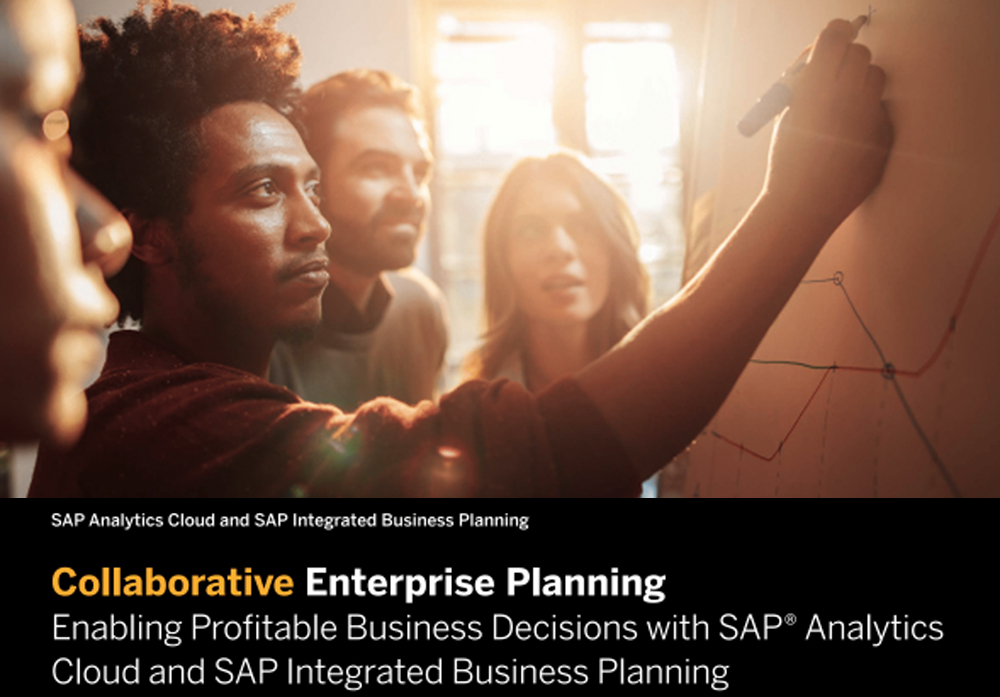This document articulates SAP’s vision of and solution for collaborative enterprise planning for manufacturing and distribution organizations, including strategic, financial, and operational planning processes. This is enabled by using SAP® Analytics Cloud and SAP Integrated Business Planning solutions.
A Brief Summary of the Document’s Sections
Connect Planning Processes to Optimize Business Outcomes – This first section serves as the document’s introductory section which explains, in brief, what it is hoping to achieve. The introduction includes a short summation of the main problem faced by organizations today with regards to planning and how the incorporation of collaborative enterprise planning can solve them. Many organizations in the modern age use planning processes that rely on data which is typically isolated in a series of disconnected spreadsheets or in stand-alone planning tools. SAP’s tools for collaborative enterprise and ERP Production Planning help provide a solution to this problem in a number of ways which are expanded on in this section of the document and primarily in other sections.
Planning Challenges – As the name suggests, this section covers the challenges faced by organizations and companies during and after the planning stage. It goes over how plans may vary based primarily on differences in time horizon, structure, and dimensionality. Time horizon means different time frames, structure means different ways of organization, and dimensionality means different focuses, especially with regards to the relevant dimensions.
Common Enterprise Planning Processes Used by Organizations Today – This section analyzes how most companies plan their business through the combination of the following three planning processes: Strategic Planning, Financial Planning, and Operations Planning. Each of these processes naturally have a differing time horizon, structure, and dimensionality. For example, strategic planning is typically very long-term. The main point that this section means to highlight is that with all of these different planning processes having different requirements, placing the information for each in a silo is not a viable option.
Planning Solutions Offered by SAP – This section lists the advantages of SAP’s planning solutions and in particular, SAP Analytics Cloud and SAP Integrated Business Planning. The former is used as the basis for SAP Digital Boardroom which allows for collaborative planning and immediate action. The latter enables sales and operation planning and other supply chain planning processes. Other solutions of note are S/4HANA and SAP Core Data Services.
Statement of Direction for Collaborative Enterprise Planning – This final section details how SAP intends for the aforementioned solutions in the previous section to be used for the purpose of collaborative enterprise planning. The section also includes a highly informative infographic showing how SAP Analytics Cloud and SAP Integrated Business Planning work together to improve their own respective performance and functionalities.
If you have questions about Azure, AWS, Salesforce application, or SAP analytics cloud deployment, please contact us today.








